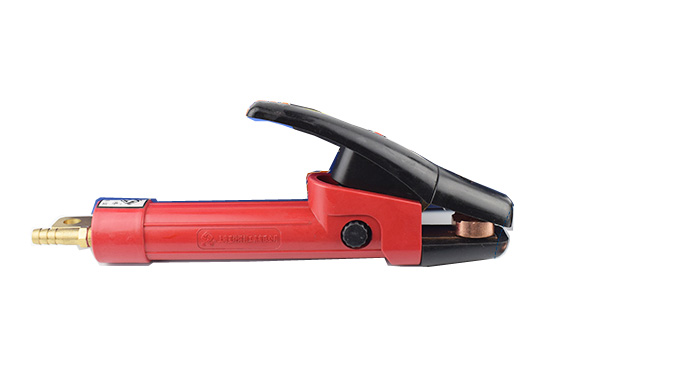How does the choice of carbon rod affect the gouging effect? How to choose the right carbon rod according to the material type (such as stainless steel, carbon steel, cast iron)?
The diameter, shape, material and other factors of the carbon rod will affect the gouging effect. The following is a detailed analysis and the method of selecting carbon rods for different material types:
Effect of carbon rod selection on gouging effect
• Diameter: The larger the diameter of the carbon rod, the greater the current it can carry, the more heat it generates, and the stronger the gouging ability during gouging, which can be used for thicker materials and faster gouging speeds. However, if the diameter of the carbon rod is too large, when gouging thinner materials or requiring delicate operations, the gouging groove may be too wide and the depth may be difficult to control, and the material may even be overheated and deformed due to excessive heat. On the contrary, carbon rods with smaller diameters are suitable for thin materials or occasions with high requirements for gouging groove width and precision, but the current carrying capacity is limited and the gouging efficiency is relatively low.
• Shape: Common carbon rod shapes are round and flat. When the round carbon rod is gouged, the arc is evenly distributed in the circumferential direction, and the heat is more concentrated, which is suitable for general gouging operations. The flat carbon rod has a larger contact area with the workpiece, can form a wider gouging groove during gouging, and the heat distribution is relatively uniform. It is more suitable when a large area of material needs to be removed or there are requirements for the gouging groove width, such as beveling welds.
• Material: The material of the carbon rod mainly affects its conductivity, high temperature resistance and arc stability. High-quality carbon rods are usually made of high-purity graphite materials, with good conductivity and high temperature resistance, can work stably under high current, stable arc, and not easy to produce arc breaking or splashing, thus ensuring the smooth progress of the gouging process and the gouging quality. Carbon rods with poor material may have problems such as poor conductivity, easy burning, unstable arc, etc., which affect the gouging effect and efficiency.
Select carbon rods according to material type
• Stainless steel: Stainless steel has high strength and toughness, and has strict requirements on carbon content, because carburizing may affect its corrosion resistance. Therefore, when gouging stainless steel, carbon rods with low carbon content and high purity should be selected to reduce the possibility of carburization. Generally, round carbon rods with smaller diameters, such as carbon rods with a diameter of 3-6mm, can be selected with appropriate current, which can not only ensure the gouging effect, but also better control the heat input, reduce the impact on the performance of stainless steel materials, and help maintain the accuracy of the gouging groove and avoid overheating and changes in the surface structure of stainless steel.
• Carbon steel: Carbon steel has relatively low strength and hardness, and the requirements for carbon content are not as strict as those for stainless steel. For thinner carbon steel, a round carbon rod with a diameter of 3-5mm can be selected, and a smaller current can be used for air gouging, which can better control the gouging depth and width and prevent excessive gouging and deformation. For thicker carbon steel, a carbon rod with a diameter of 6-10mm can be selected, and the current can be appropriately increased to improve the gouging efficiency. In some cases where there are requirements for the gouging width, flat carbon rods can also be considered.
• Cast iron: Cast iron materials have high hardness and brittleness, and are prone to cracking and slag inclusion during air gouging. Therefore, when selecting carbon rods, it is advisable to use round carbon rods with a larger diameter, such as 6-8mm, and use a larger current and a slower gouging speed to ensure sufficient heat to melt the cast iron, while reducing material cracking caused by excessive gouging force. In addition, since cast iron contains more impurities and pores, the material of the carbon rod should have better arc stability to avoid arc instability during the gouging process and affect the gouging quality.

Contact: admin
Phone: +86-13665233012
E-mail: service@weldmaterial.com
Add: Huanghua Industrial park, Jiangdu City, Yangzhou , Jiangsu Provicne, China.